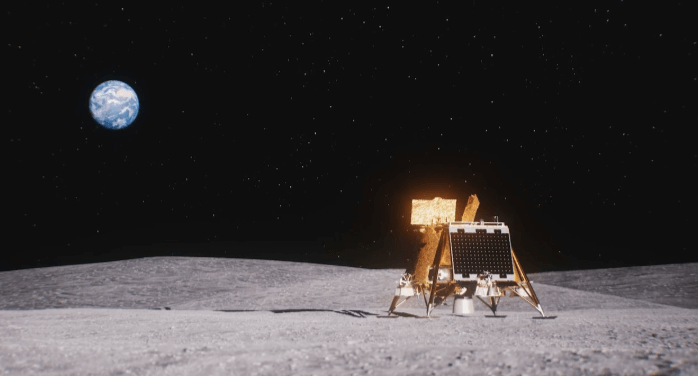The Moon Landing Test NFTs Payloads Archive serves as a pivotal intersection of history and technology. It preserves significant data from lunar missions as non-fungible tokens, enabling unique digital ownership. This initiative not only honors humanity’s exploration efforts but also introduces a novel way for enthusiasts to connect with space history. As the implications of such digital assets unfold, the potential impact on future space exploration and collectibles warrants further examination.
The Legacy of Lunar Missions
The legacy of lunar missions looms large in the annals of space exploration, symbolizing humanity’s relentless pursuit of knowledge and adventure.
Each mission milestone, from the Apollo landings to recent robotic explorations, has expanded our understanding of the Moon and its resources.
These endeavors not only advanced lunar exploration but also ignited a passion for discovery, inspiring future generations to reach for the stars.
Understanding NFTs and Blockchain Technology
As digital assets continue to gain prominence, understanding non-fungible tokens (NFTs) and blockchain technology becomes essential for grasping their impact on various industries.
NFTs facilitate true digital ownership, enabling individuals to possess unique items securely.
Blockchain security ensures that transactions are transparent and immutable, fostering trust among users.
This technology empowers creators and collectors alike, redefining the landscape of digital commerce and asset management.
The Significance of the Payloads Archive
Within the context of NFTs and blockchain technology, the Payloads Archive emerges as a significant asset in the realm of digital collectibles.
This archive ensures payload preservation, allowing for the safeguarding of historical data related to space exploration.
Read Also Moon Landing Nfts Payloads Include Archive
Future Prospects for Space Exploration and Digital Collectibles
How will advancements in space exploration intersect with the burgeoning world of digital collectibles?
As space tourism expands, opportunities arise for integrating digital art into the experience. Collectors may acquire NFTs representing momentous space missions or exclusive artworks inspired by celestial phenomena.
This fusion could redefine ownership and engagement, allowing enthusiasts to celebrate the cosmos while embracing a new era of creativity and exploration.
Conclusion
The Moon Landing Test NFTs Payloads Archive stands as a testament to humanity’s relentless curiosity and innovative spirit. As the line between digital collectibles and tangible history blurs, one must ponder the potential of NFTs to revolutionize not just how we commemorate space exploration, but also how we engage with it. Could this fusion of technology and heritage lead to a new era of interactive learning and investment in our cosmic future? The possibilities are as vast as space itself.







